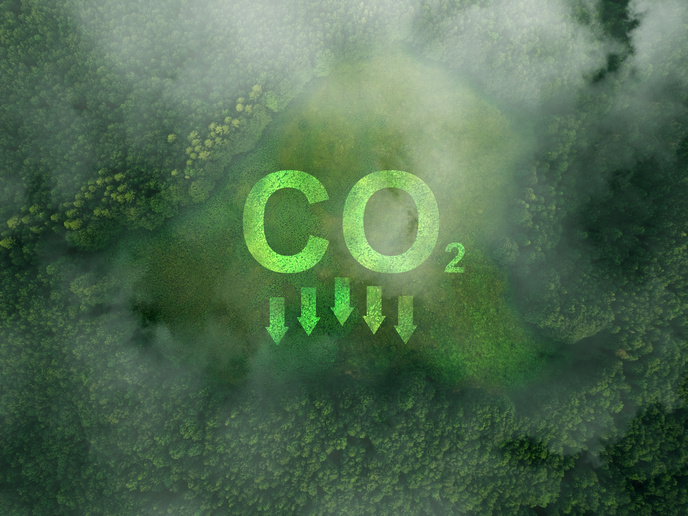Unpicking the role of mixed-phase clouds in the climate system
Mixed-phase clouds play a key role in our weather and climate. These clouds may contain both liquid and ice, and are responsible for the majority of precipitation reaching Earth’s surface. Understanding the precise way in which these clouds change under global warming is critical to accurate modelling of future climate change. Yet previous modelling has been misrepresenting these phase changes. “We have known for about a decade now that global climate models tend to simulate too much ice and not enough liquid in clouds,” explains Trude Storelvmo, an atmospheric scientist at the University of Oslo and MC2 project coordinator. Researchers in the MC2 project, which was funded by the European Research Council, worked to gain a more accurate picture of cloud phases, which will help climate models simulate cloud feedbacks – and therefore how much warming we can expect in the future. “Ice-containing clouds will gradually become more liquid-containing with warming,” says Storelvmo. “When that happens, they also reflect more solar radiation back to space, dampening greenhouse-gas-driven warming.” If models simulate too much ice to begin with, they will also exaggerate this damping effect, making the climate seem less sensitive to greenhouse gases than it really is.
Combining field observations with high-resolution simulations
The team first conducted field trials to collect cloud data, taking field measurements in the high northern latitudes, where clouds that are cold enough to contain ice are abundant. They used a combination of ground-based measurements and tethered balloon and aircraft measurements inside the clouds. These field data – on the abundance of ice-nucleating particles, for example – were fed into the team’s model simulations. They also helped the researchers evaluate the simulations on their representation of cloud phase and spatial structure. The researchers then combined their field observations with the high-resolution simulations and satellite observations. This let them make appropriate adjustments to global climate models and reassess how they respond to greenhouse gas changes.
Relations between cloud feedback and warming
The team stumbled over a very interesting result about halfway through the project. “We discovered that the negative cloud phase feedback changes over time with sustained warming. In other words, the damping effect becomes a little weaker for each new temperature increment, until it vanishes completely,” Storelvmo explains. This leads to an acceleration of the warming and a shift into a new climate state that is more sensitive to greenhouse gas perturbations. “We didn’t call it a tipping point when we published the results, but it could potentially be viewed as one,” Storelvmo remarks. She recently received an ERC grant to investigate this effect further in the STEP-CHANGE project.
Benefits for the wider scientific community
The climate feedback research community has mostly focused on macroscopic properties in clouds and their tight link with atmospheric circulation patterns – which are clearly important, Storelvmo notes. The cloud phase feedback, on the other hand, is mainly determined by microscopic properties, such as aerosol particles, cloud droplets and ice crystals, and their interactions. “I believe MC2 has demonstrated that these microscale properties really matter for global warming and therefore cannot be ignored,” adds Storelvmo. “I hope the project has opened people’s eyes when it comes to the importance of cloud phase for climate projections.”
Keywords
MC2, cloud, mixed-phase, climate, change, model, ice, water, nucleating, aerosols, field, observations







